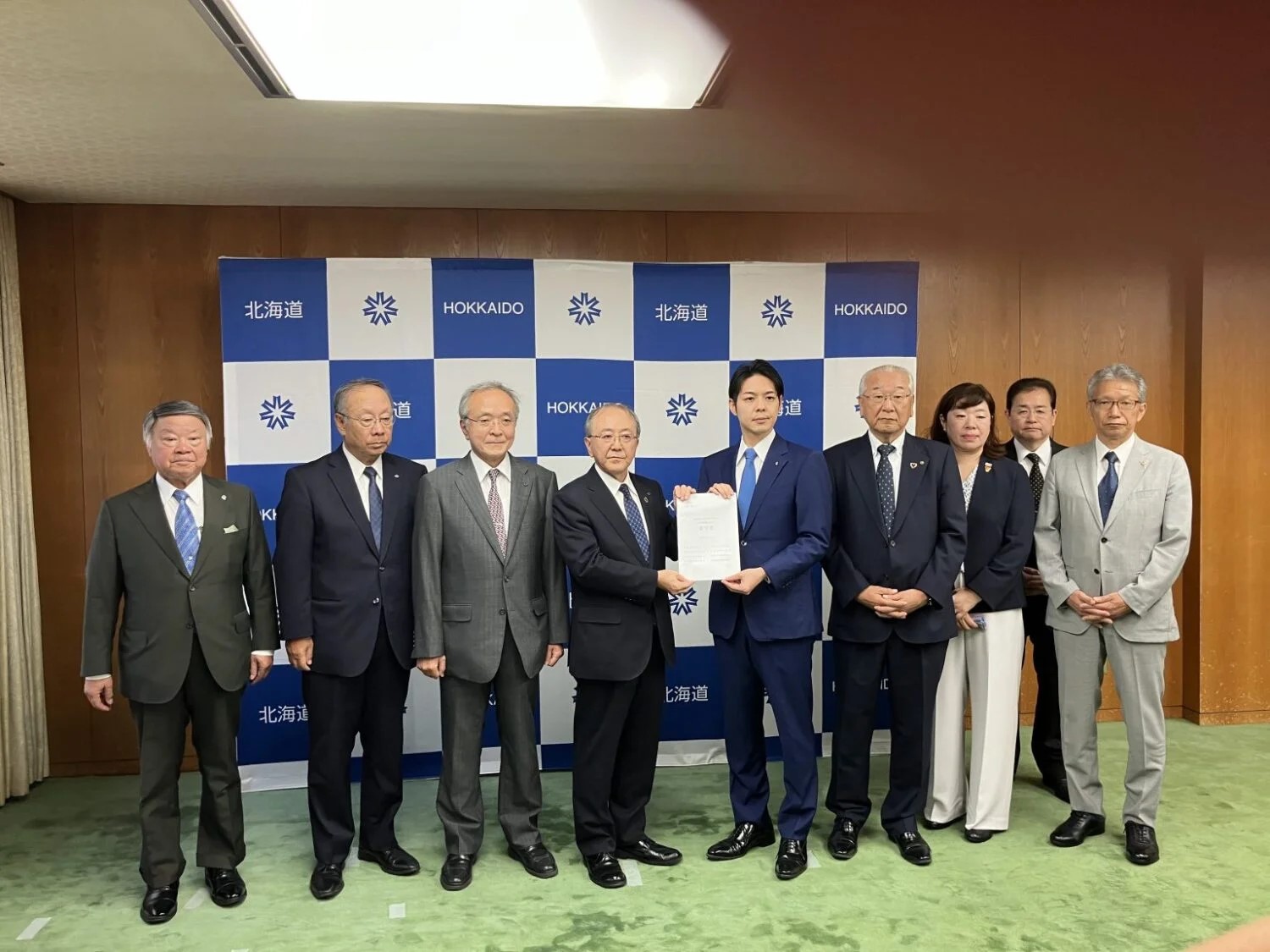The power company currently has seven active Nuclear Power Plants (NPPs): Mihama-3, Takahama-1 to 4, and Ohi-3 and -4. Ohi-3, also in the process of a periodic inspection, began adjustment operations on April 7. The others are all in commercial operation.
With the restart of Takahama-4, all the company’s NPPs are now in operation—the first time that has happened since new regulatory standards came into effect in July 2013.
On March 17, 2015, Kansai EP decided to decommission Mihama-1 and -2, but also filed applications with the Nuclear Regulation Authority (NRA) of Japan for examinations at Mihama-3 and Takahama-1 and -2 for compatibility with new regulatory standards. On December 22, 2017, the power company decided to decommission Ohi-1 and -2. Accordingly, Kansai EP’s potential for generating nuclear power is put at seven units.
In recent years, after the compatibility examinations ended, Kansai EP restarted operations at Mihama-3 in June 2021, Takahama-1 in July 2023, and Takahama-2 in September 2023. All three reactors were approved for operation beyond 40 years.
According to a Kansai EP release on April 4, 2024, the company’s total nuclear-generated electricity in FY2023 was 44.25 TWh (up 58.4% from the previous year), and its capacity factor was 76.6% (up 28.1 points).
Before the massive M-9.1 earthquake (officially described as the Great East Japan Earthquake) of March 11, 2011, Kansai EP last had all its NPPs (then numbering 11) in operation from December 2008 to February 2009. This will be the first time since then that all units are in operation



-049.jpg)
.jpg)







